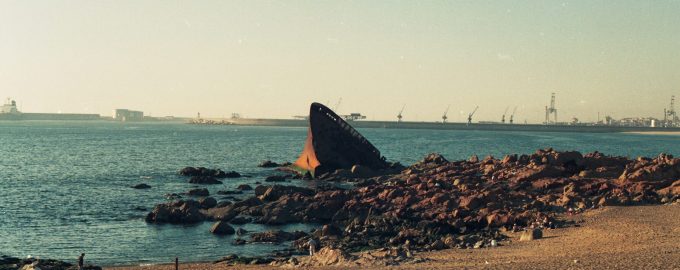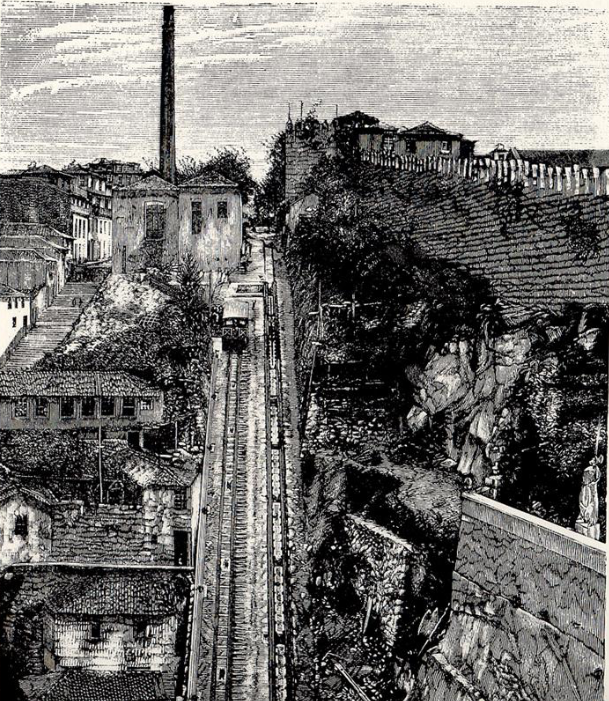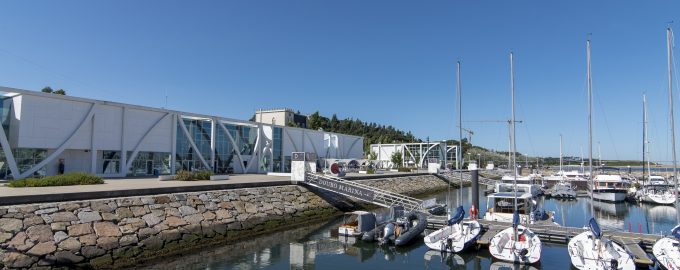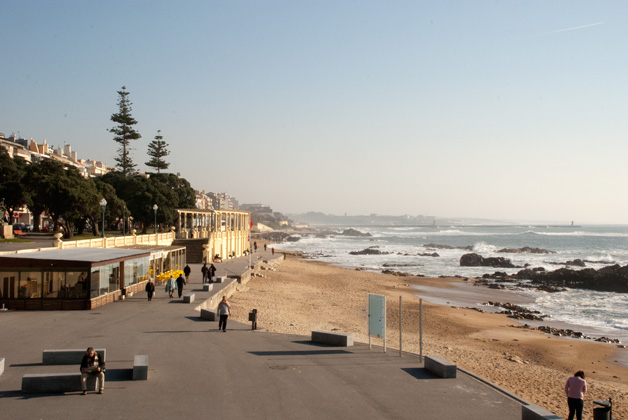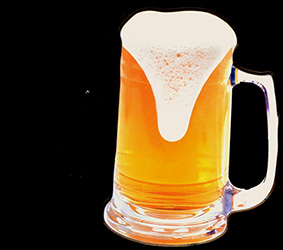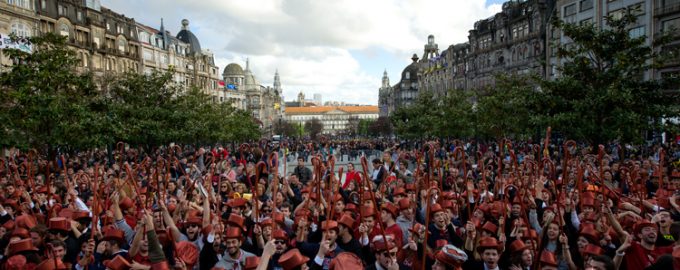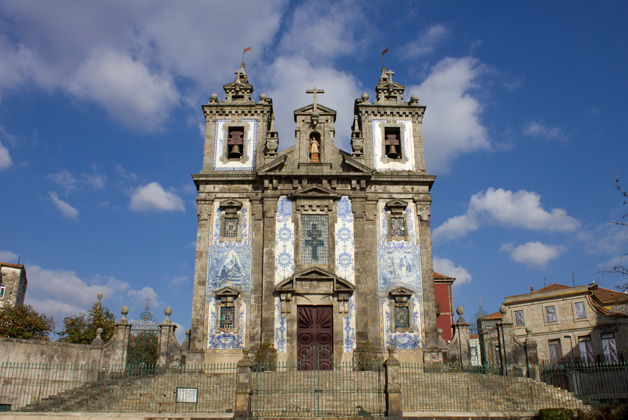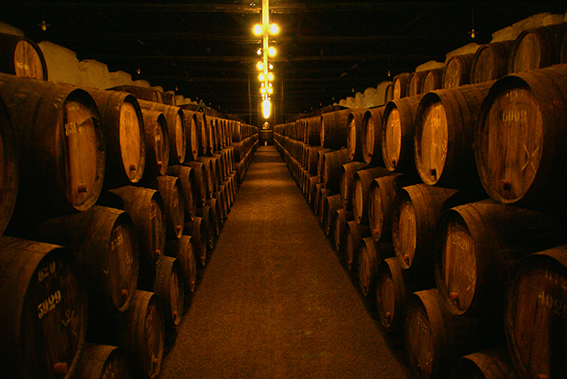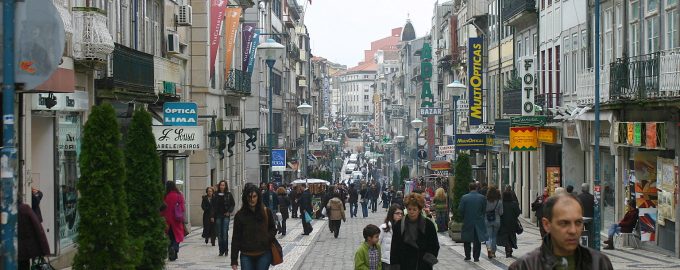Douro Marina, located on a beach street in Afurada on the edge of Vila Nova de Gaia, is a port of great excitement with incredible views, places for walks, restaurants, shops and cafes.
This infrastructure is one of the emblematic works of the MCA Group that was responsible for the design, construction, financing, operation and maintenance. With a capacity for 300 boats up to 20 meters, Douro Marina is the largest port north of Lisbon. It has support infrastructures and services with about 2000m2, spread over 3 buildings, whose architecture reflects and interacts with the surrounding riverside landscape, inspired from the Portuguese tradition of shipbuilding.
In addition to the port, the Marina has welcomed in its complex space, leisure events, sports, corporate events, conferences, training and presentations, benefiting from the extraordinary views and logistic conditions, which includes catering and meals.
Douro Marina is a new concept where sports, leisure, tourism, gastronomy and nature combine in a sustainable, innovative and full service concept.
For those who simply want to relax and watch one of the best sunsets in the world the esplanade is the ideal place. Nonetheless, you can also enjoy the 3 restaurants, nautical charters, nautical products shop, sailing academy, SUP gym and kayaks and bike rental, as well as spaces for group or private events.
Since its creation, the MCA Group / Douro Marina aims to achieve recognition in terms of sustainability and preservation of space as an indicative example where the intervention of man adds value and preserves its surrounding nature.
BLUE FLAG HOLDER 2018 IN THE DOURO MARINA
The national ceremony to raise the first Marina Blue Flag in 2018 took place on June 19. This event took place in the Douro Marina in Vila Nova de Gaia, being the first Marina awarded the Blue Flag in the north of Portugal in the last 9 years.
Eduardo Vitor Rodrigues, Mayor of Vila Nova de Gaia, José Archer, president of the Blue Flag of Europe association and Manuel Couto Alves, president of MCA Group / Douro Marina, presided over the ceremony which also included representatives of public entities and tourism in Northern Portugal.
According to the National Blue Flag jury, the choice of Douro Marina to host the ceremony was recognition of the commitment shown and the work carried out in favour of sustainability. More so, seeing that there weren’t any Blue Flag awards since 2009 in a Marina or Recreational Port in the northern region of the country.
